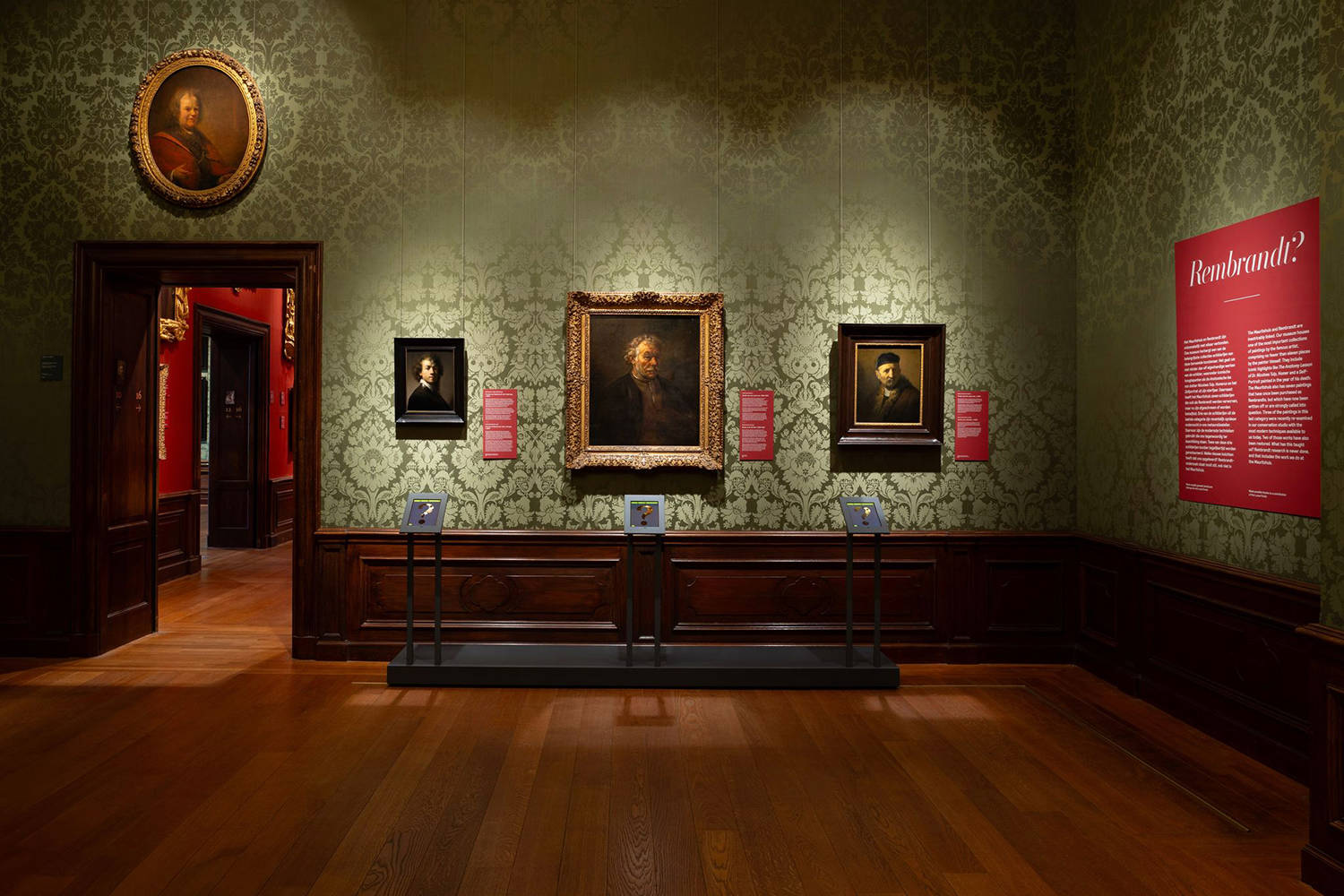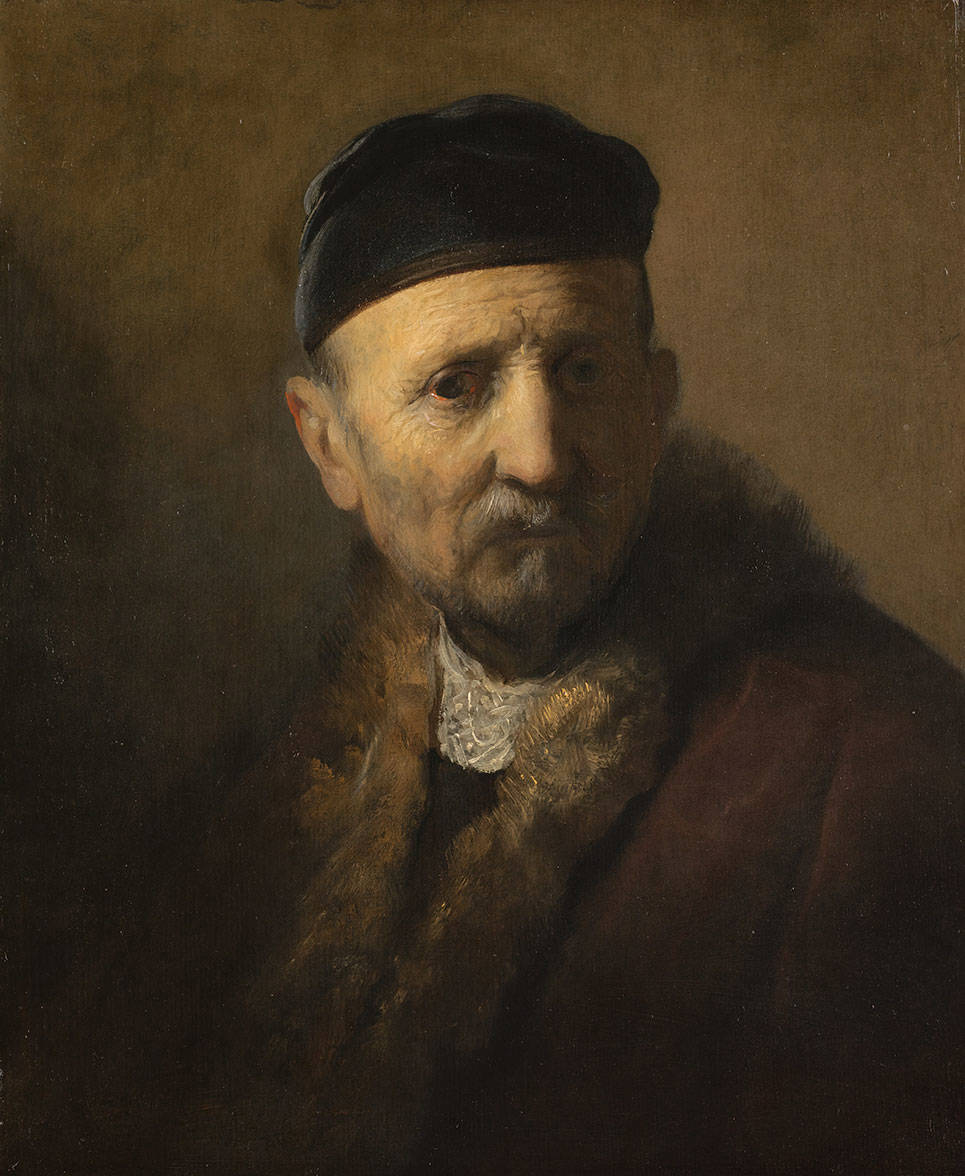
Today the Mauritshuis presented the results of its research on three paintings in its collection. In the case of two of these works, it was not certain whether they were painted by the great master himself or came from his studio. All three were subjected to close examination at the museum’s conservation workshop, where conservation work was also performed on two of them.
The research revealed a wealth of new information, including on the attribution of the paintings. The Mauritshuis is devoting a presentation in the museum to the project. Entitled Rembrandt?, it can be seen in room 10. The three paintings are: Portrait of Rembrandt with a Gorget (c.1629), Study of an Old Man (c. 1655-1660) and ‘Tronie’ of an Old Man (c.1630).
Rembrandt research is never done, and that includes the work we do at the Mauritshuis.
Sponsored by the Lucas Fund.



